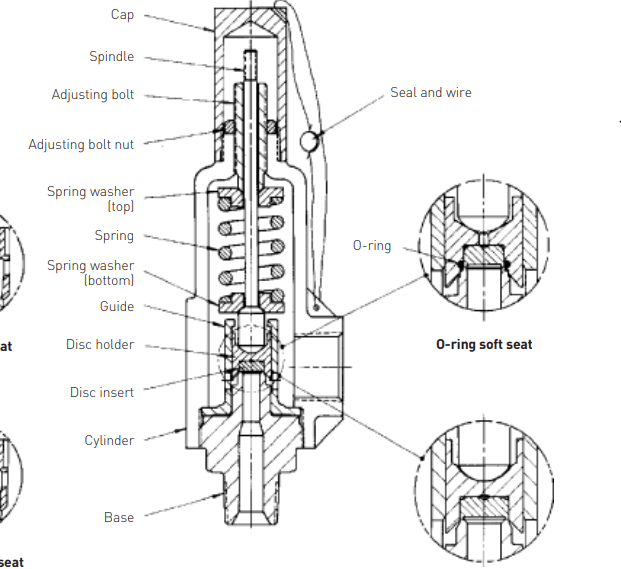gguliye
Industrial
- Apr 17, 2019
- 117
Dear All,
My question will be to those who have been using CROSBY OMNI valves for quite some time.
While reading its maintenance manual i have noticed the following things:
1) we dont have any soft kit between cap and base. what it means, the valve is prone to leak through the cap and cylinder when the valve open. Am I right?
2) I dont understand how guide is inserted to the base. is it threaded connection?
3) The disk insert is neither threaded, nor hold by circlip in the holder. How it stays there, by fluid pressure only?
4) Do we have any seals between the cylinder and guide?
5) how spindle is attached to holder? is it loose connection? the holder is in contact with the spindle with the help of fluid pressure?

My question will be to those who have been using CROSBY OMNI valves for quite some time.
While reading its maintenance manual i have noticed the following things:
1) we dont have any soft kit between cap and base. what it means, the valve is prone to leak through the cap and cylinder when the valve open. Am I right?
2) I dont understand how guide is inserted to the base. is it threaded connection?
3) The disk insert is neither threaded, nor hold by circlip in the holder. How it stays there, by fluid pressure only?
4) Do we have any seals between the cylinder and guide?
5) how spindle is attached to holder? is it loose connection? the holder is in contact with the spindle with the help of fluid pressure?

